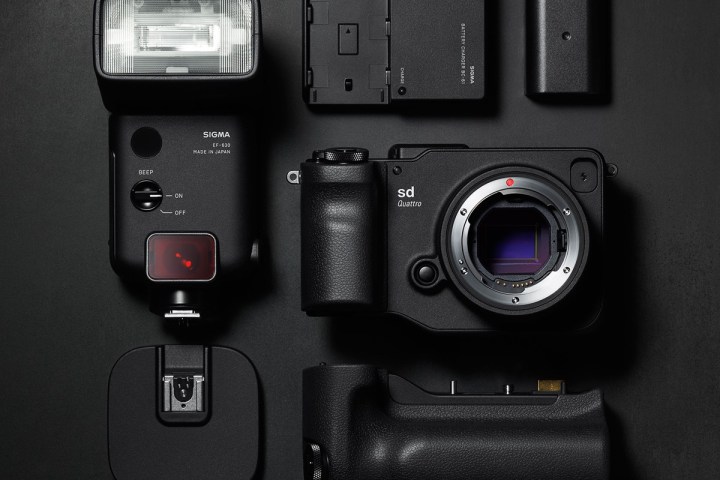
Another potentially big upgrade introduced with the 1.04 firmware is faster autofocus performance with many Sigma lenses. Particularly, Sigma claims AF speed has been improved anywhere from 10 to 30 percent on all Contemporary, Sport, and Art lenses. And AF accuracy should be better as well. This could go a long way to making the SD Quattro more livable on a day-to-day basis.
Other added features include improved tethered shooting with support for live view in Sigma Capture Pro software, better color rendering when using “Flash” white balance with the EF-630 flash, and general performance improvements. An issue that caused the AF Shooting button to stop working when AF Lock was enabled has also been resolved, as has a bug that could freeze the camera when making in-camera adjustments to images if the memory card contained an X3I file (used for high dynamic range composites).
The SD Quattro is one of the more unique cameras on the market today, both in its design and the underlying technology. The camera body looks like nothing else out there, essentially just a box around the lens mount with a grip tacked on. A wide-format screen and viewfinder dominate the back of the camera, but the most interesting part is what’s inside: the Foveon X3 image sensor. The SD Quattro uses the standard APS-C format, but the sensor is very different, relying a layered design that senses red, green, and blue light at different depths rather than going with the traditional Bayer color filter array.
Given the Quattro’s unique attributes, it’s nice to see it getting support for a universal RAW format.




